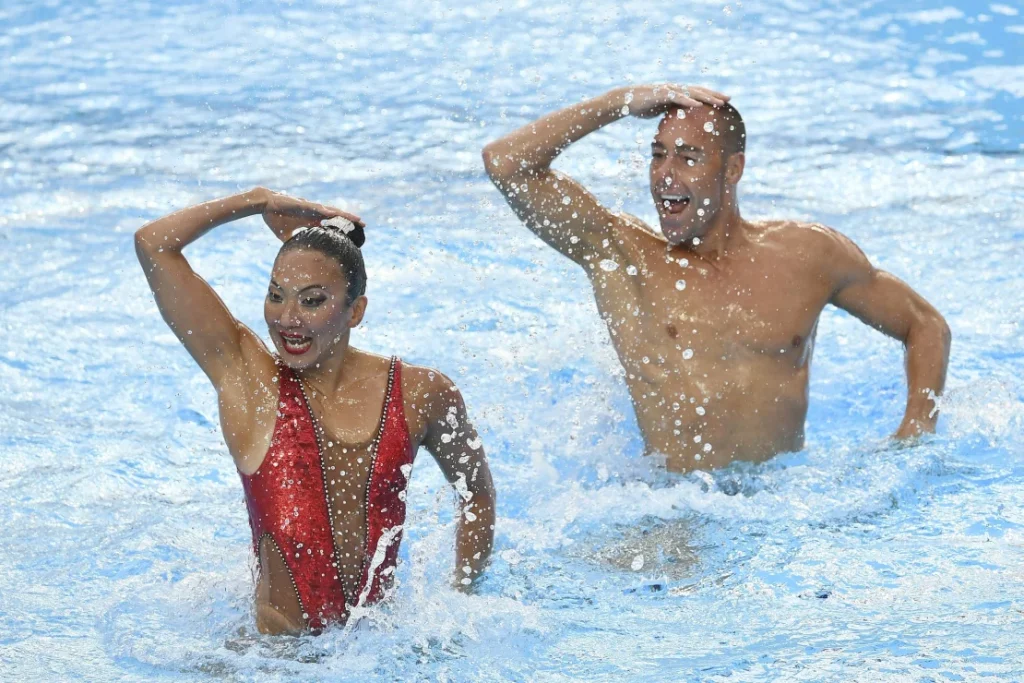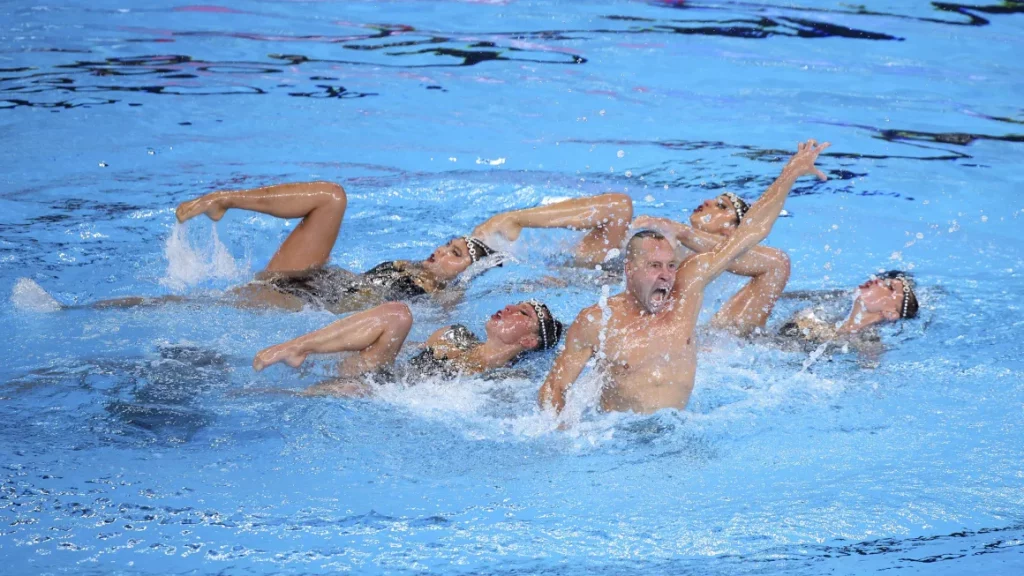No products in the cart.
Viraldes News
Breaking Barriers: Men in Artistic Swimming at the Olympics
Historical Context and Evolution
The inclusion of men in artistic swimming at the 2024 Olympics marks a significant milestone in the sport’s evolution. Traditionally a female-dominated event, artistic swimming, formerly known as synchronized swimming, has a rich history rooted in the early 20th century. Initially showcased in exhibitions, it became an official Olympic sport in 1984. Over the decades, the sport has seen increased participation and recognition, yet remained exclusive to women. The decision to include men is a testament to the growing movement towards gender inclusivity in sports.
The Journey to Inclusion
The journey towards including men in artistic swimming has been gradual yet determined. Pioneers in the sport, such as Bill May, have been advocating for male participation for years. May, who won gold at the 2015 World Championships in mixed duet, has been a vocal advocate for breaking gender barriers. His success and perseverance have paved the way for other male athletes to pursue their passion in artistic swimming. The International Swimming Federation (FINA) played a crucial role by introducing mixed duet events in world championships, showcasing the potential and artistry men bring to the sport.
The Impact on Athletes and the Sport
The inclusion of men in Olympic artistic swimming has profound implications for athletes and the sport itself. For male swimmers, it represents validation and recognition of their talent and dedication. It opens doors for young boys aspiring to excel in a sport that was previously inaccessible to them. For the sport, it brings a new dynamic, blending the strengths and styles of both genders, enriching performances and broadening its appeal. The mixed-gender format also fosters a more inclusive environment, challenging traditional gender norms and promoting equality.

Laurence Griffiths/Getty Images
Challenges and Opportunities
While the inclusion of men in artistic swimming is a positive step, it comes with its set of challenges and opportunities. Male athletes often face societal stigma and skepticism, requiring them to overcome additional barriers. However, their presence in the Olympics can challenge and change public perceptions. It also provides an opportunity for the sport to grow, attracting a more diverse audience and inspiring a new generation of swimmers. The integration process will require support from governing bodies, coaches, and the swimming community to ensure a smooth and successful transition.
Future Prospects and Legacy
The 2024 Olympics will serve as a crucial benchmark for the future of men in artistic swimming. Success at this level can pave the way for more opportunities, including greater representation in national competitions and increased media coverage. The legacy of this historic inclusion will be measured by the lasting impact on the sport and society’s acceptance of gender diversity in athletics. As more men participate and excel, artistic swimming can become a beacon of inclusivity, inspiring other sports to embrace diversity and equality.
In conclusion, the inclusion of men in artistic swimming at the Olympics is a groundbreaking development that reflects the ongoing pursuit of gender equality in sports. The historical context, journey to inclusion, impact on athletes and the sport, challenges and opportunities, and future prospects highlight the significance of this milestone. The 2024 Olympics will not only showcase the incredible talent of male artistic swimmers but also set a precedent for a more inclusive and diverse sporting world.
From Viraldes


